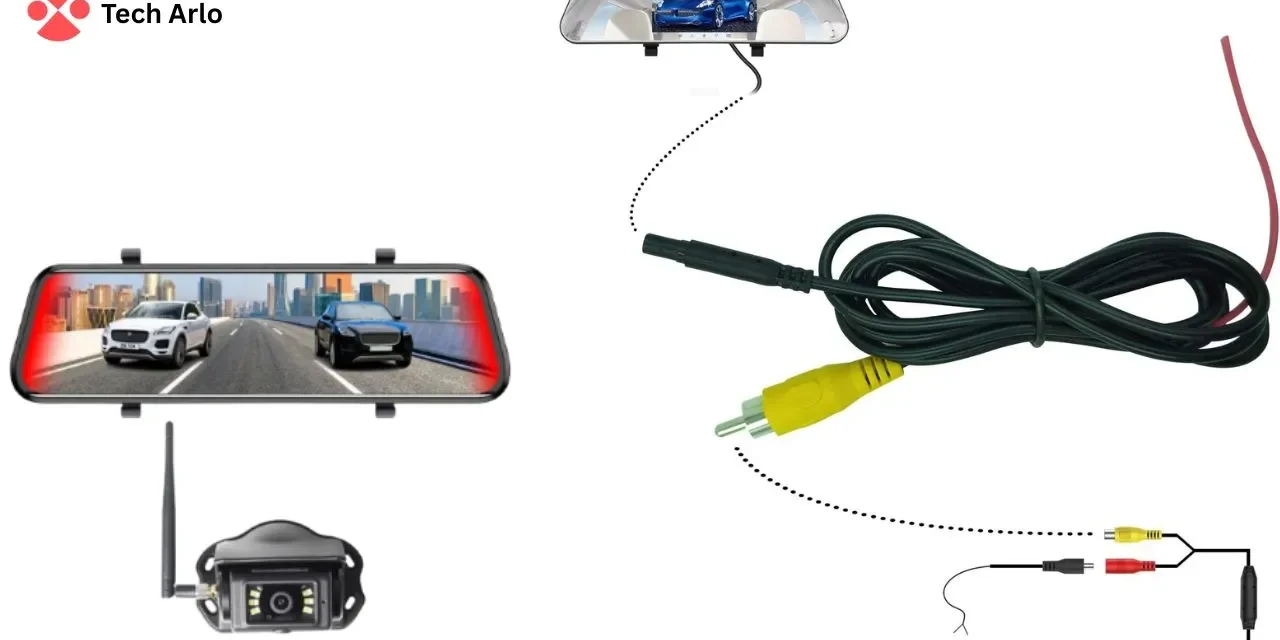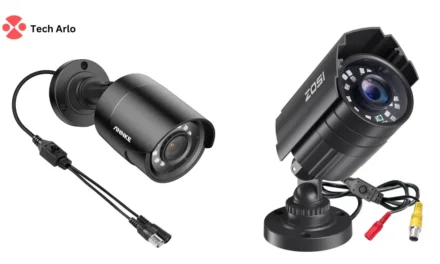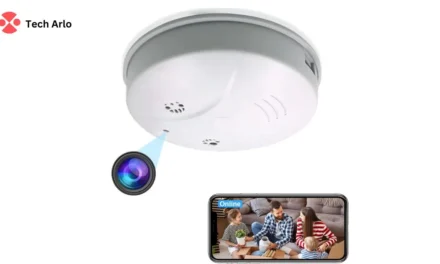Learning how to wire a backup camera is essential for safe driving and parking. This professional guide walks you through the wiring and installation process step by step. Whether you’re adding new cameras or upgrading, this backup camera installation is simple to follow.
You’ll understand the diagram, locate power sources, and complete the job with confidence. Our detailed instructions cover every angle—video, power, and connection to your vehicle system. With the right tools and this installation tutorial, you’ll complete the task quickly and efficiently. Start now and discover exactly how to wire a backup camera today.
Tools and Materials Required for Wiring a Backup Camera
Before you start wiring a backup camera, gather all the necessary tools. You will need a backup camera, wiring kit, power source wires, and connectors. Also, prepare a screwdriver, wire stripper, electrical tape, and a multimeter.
Refer to the wiring diagram included in the installation guide for your backup camera. Sometimes, drilling holes for wire routing is helpful during camera installation. Having all these ready makes the wiring process smooth and safe.
Step-by-Step Guide: How to Wire a Backup Camera
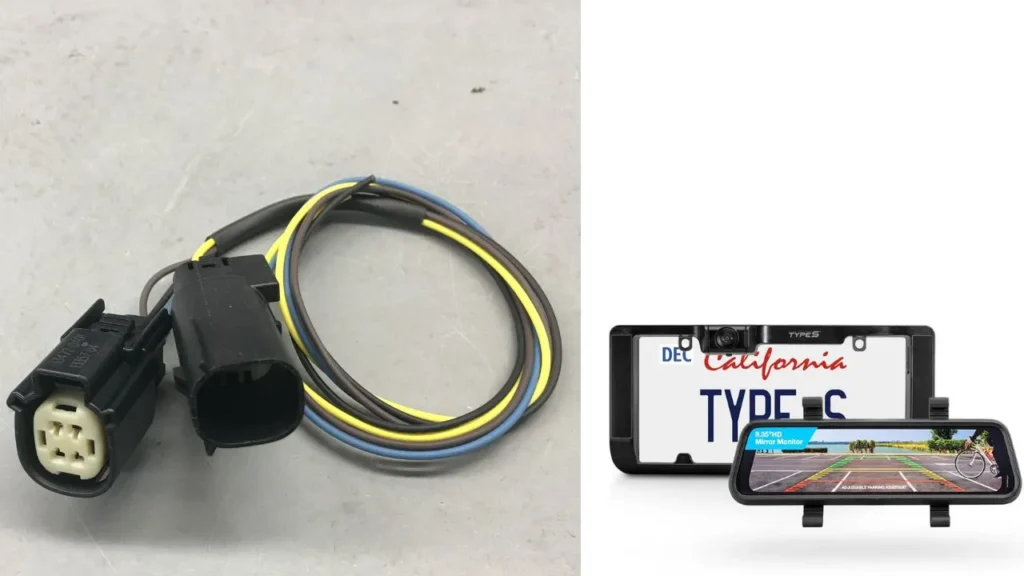
When learning how to wire a backup camera, safety is essential; disconnect the battery.
- Next, find the reverse light wires under your vehicle’s rear tail light.
- Connect the backup camera’s power wire directly to the reverse light power source.
- Run the camera wiring carefully through the car to the monitor or display.
- Use zip ties to secure all wiring, preventing damage during vehicle movement.
- Connect the video cable from the camera to the video input of your vehicle.
- Use the camera wiring diagram to verify all wiring connections are correct.
- Finally, reconnect the battery and test the backup camera’s video feed.
How to Prepare Your Vehicle for Camera Installation
- Before installing the camera, thoroughly clean the license plate and rear bumper area.
- Ensure the vehicle is off and the wiring path is easily accessible.
- Plan your wiring route to avoid sharp edges and moving vehicle parts.
- Preparing the car properly helps achieve clean and professional wiring results.
Special Wiring Instructions for Different Vehicle Types
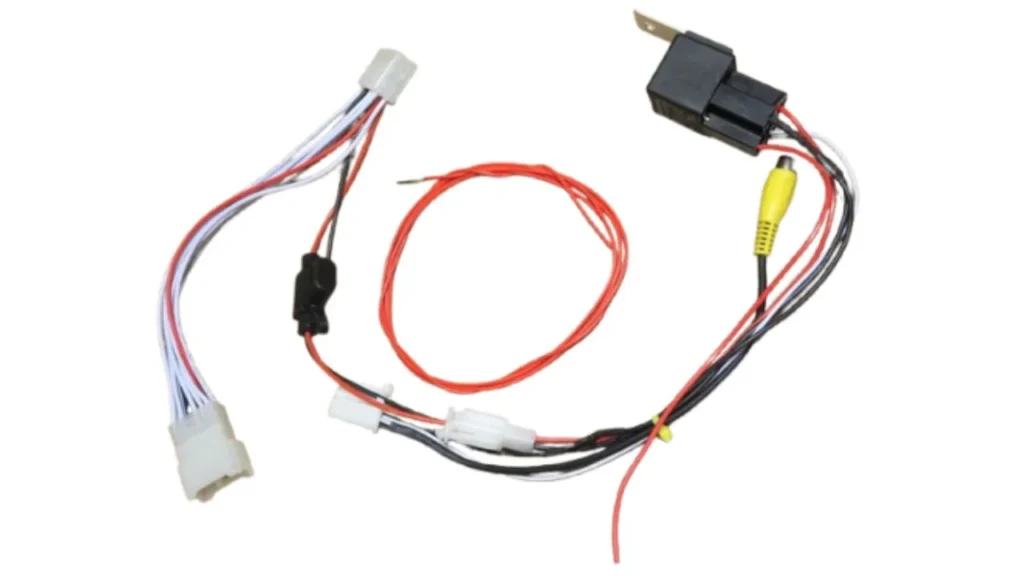
When learning how to wire a backup camera, remember that different vehicles have unique wiring needs. Cars, trucks, SUVs, and vans may have different access points and wiring layouts for installing a backup camera. Some vehicles require special adapters or connectors to properly link the backup camera wiring to the vehicle’s power source and reverse light.
It is essential to consult your vehicle’s owner’s manual or wiring diagram to determine the exact locations of the reverse light wiring and power source. Some backup cameras come with five wires, including power, ground, video, trigger, and audio wires, while others have fewer wires depending on the model and features.
Understanding your vehicle’s specific wiring requirements helps avoid mistakes and ensures a successful, clean installation. Taking extra care to follow vehicle-specific instructions will save time and protect your backup camera system from damage or improper operation.
Troubleshooting Common Backup Camera Wiring Issues
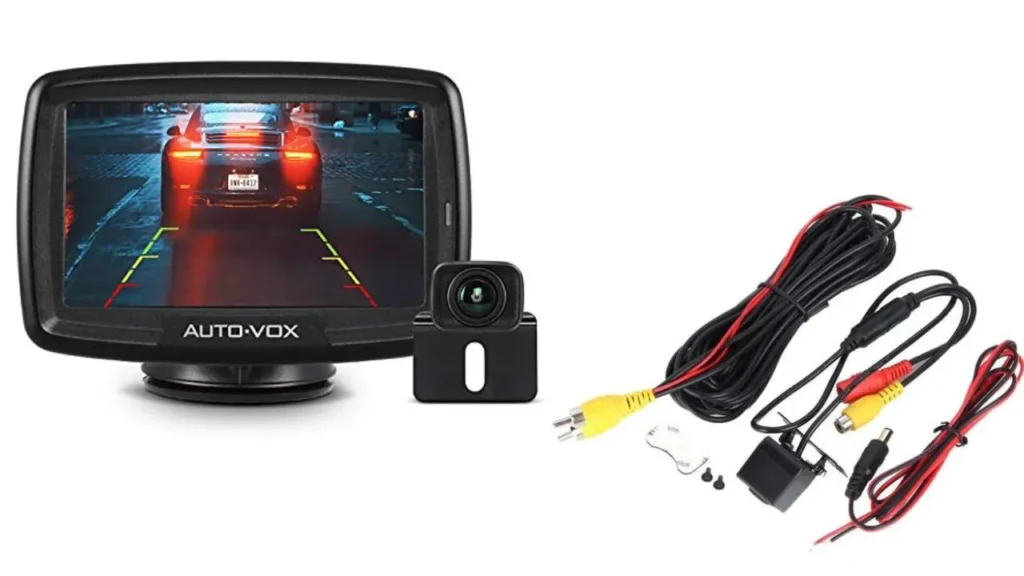
When wiring a backup camera, issues can sometimes arise that prevent the camera from functioning correctly. These issues often relate to wiring connections, power supply, or video signal problems. Following a clear troubleshooting guide can help you find and fix the issues quickly:
- Check if the camera powers on when the vehicle is in reverse.
- Inspect all wiring connections for any loose or disconnected wires.
- Look for damaged or frayed wiring that might cause shorts or breaks.
- Use a multimeter to test the voltage at the camera’s power wires.
- Verify continuity in wiring cables to ensure no broken wires inside.
- Confirm the camera’s ground wire is connected correctly to the vehicle chassis.
- Revisit the wiring diagram to make sure all wires are correctly matched.
- Check the video cable for damage or loose connections at both ends.
- Ensure the reverse light fuse is intact and supplying power to the wiring.
- Test the backup camera with another monitor or video input to rule out display issues.
Following these steps will help identify and fix the most common backup camera wiring issues efficiently.
Read More: HOW TO USE CAMERA ZZZ?
HOW TO CHANGE WIFI ON WYZE CAMERA?
Tips to Ensure a Clean and Professional Backup Camera Installation
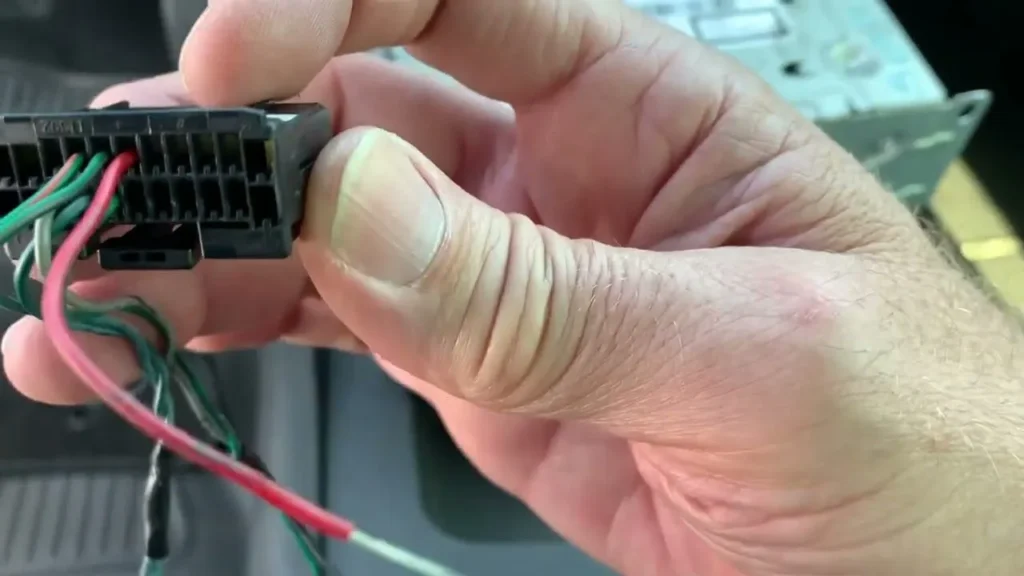
A neat and secure backup camera installation not only looks better but also lasts longer. Following proper wiring techniques helps prevent damage and ensures your camera works reliably.
- Run your wiring inside the vehicle’s panels or under carpets to keep cables hidden.
- Use zip ties or cable clips to secure the wires and prevent movement.
- Avoid routing wires near hot engine parts to prevent melting or insulation damage.
- Keep wires away from sharp metal edges that could cut or wear down the cables.
- Plan the wiring path before installation to avoid unnecessary bends or tension.
- Test all electrical connections before finalizing the installation to ensure proper function.
- Use electrical tape or heat shrink tubing to protect exposed wire joints from moisture.
- Regularly inspect wiring after installation for any signs of wear or looseness.
Following these tips will help you achieve a clean, professional backup camera wiring installation that lasts.
Maintenance and Upkeep of Your Wired Backup Camera
Clean the backup camera lens regularly to ensure clear video and optimal safety while reversing. Inspect wiring periodically for damage or corrosion to maintain proper power flow. After rain or washing, test the camera video feed to confirm it works correctly. Proper maintenance extends the life and performance of your backup camera.
FAQs
How are reversing cameras wired?
Reversing cameras are wired to get power from the vehicle’s reverse light.
This ensures the camera powers on only when the car is in reverse.
Where to run wire for reverse camera?
Run the wiring through your vehicle’s trunk or under panels safely.
Avoid areas with sharp edges or hot parts that can damage wires.
How do you power a reversing camera?
Power is supplied from the reverse light power source in the vehicle.
This activates the camera wiring when you shift your vehicle into reverse.
How many wires does a reverse camera have?
A reverse camera usually has three to five wires, including power and video.
Some backup cameras also have additional wires for trigger or audio functions.
What are the five wires on a backup camera?
The five wires typically include power, ground, video, trigger, and audio.
Each wire connects to its matching vehicle system for the whole camera operation.
Conclusion
In Conclusion, Learning how to wire a backup camera is easy when following clear steps. With the right tools, wiring guide, and careful installation, your camera works perfectly. Always follow your vehicle’s wiring diagram and check all connections carefully.
Troubleshoot issues using a multimeter and keep your camera maintained well. Proper wiring ensures safety and convenience while reversing your vehicle. Now you know exactly how to wire a backup camera for a clean, reliable setup.

